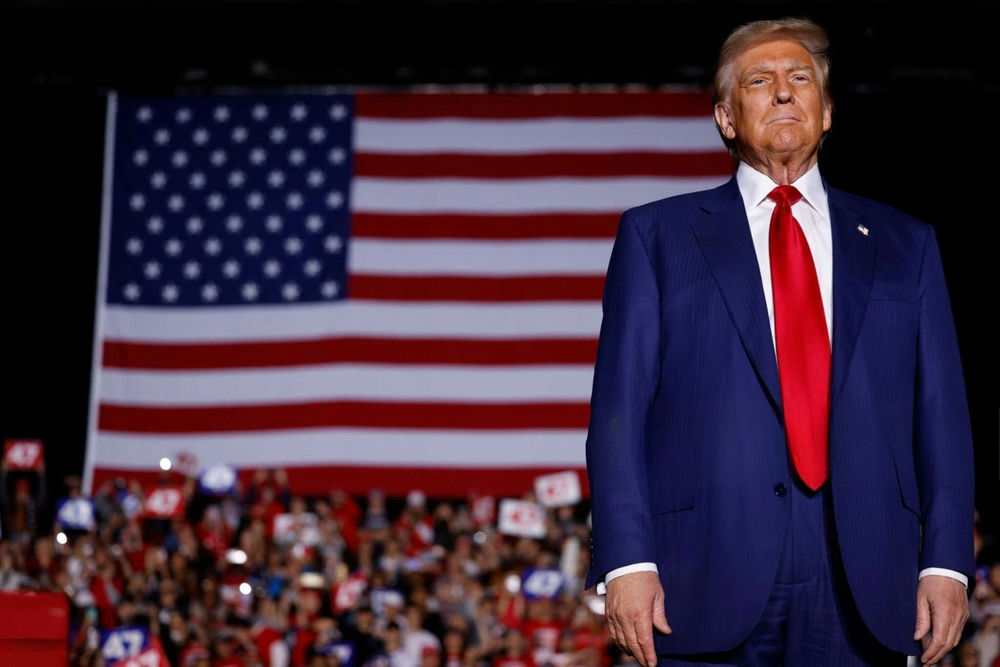President Trump’s economic strategies are silencing critics and reshaping the economic landscape, but what does this mean for the average American?
Trump’s Economic Turnaround
President Donald Trump, notorious for his bold economic strategies, has once again proven that his methods, though controversial, are effective. In 2025, his administration’s aggressive tariffs and a series of new trade agreements have led to an economic surge that many predicted would not happen. These policies have resulted in significant gains in consumer confidence, GDP growth, and job numbers. Even some of Trump’s staunchest critics are reconsidering their positions in light of these surprising results.
( @realDonaldTrump – Truth Social Post )
( Donald J. Trump – Jul 31, 2025, 12:17 AM ET )"Trump GDP, tariffs and inflation data defy doomsday predictions as critics soften"
Results of economic indices: Despite relentless skepticism, Trump’s economic policies are driving growth… pic.twitter.com/bubvUpNEaa
— Fan Donald J. Trump 🇺🇸 TRUTH POSTS (@TruthTrumpPosts) July 31, 2025
In April 2025, Trump signed an executive order imposing a minimum 10% tariff on all U.S. imports, with higher rates for 57 countries. This bold move was met with skepticism and even outrage from various quarters. However, the results speak for themselves. Tariff revenues have soared, reaching $150 billion by July, with projections to hit $300 billion by year-end. This influx of revenue has led to legislative proposals for direct rebates to American citizens, an idea spearheaded by Sen. Josh Hawley through the American Worker Rebate Act.
Revisiting Critics’ Opinions
In a stunning turn of events, prominent public critics like Bill Maher and Kenneth Langone have publicly revised their views on Trump’s economic approach. Maher, known for his sharp criticism, admitted, “I gotta own it — these tariffs were going to f*cking sink this economy by this time — and they didn’t.” Similarly, Langone expressed newfound support for Trump, stating, “I am sold on Trump… I think he’s got a good shot at going down in history as one of our best presidents ever.” Their change in stance highlights the undeniable impact of Trump’s policies.
GDP growth in Q2 2025 came in at an impressive 3%, rebounding from a Q1 contraction. This is a testament to the resilience and effectiveness of Trump’s economic policies. Moreover, the Consumer Confidence Index rose to 97.2 in July, exceeding forecasts and showcasing a renewed sense of optimism among Americans. These figures are not just numbers; they represent a tangible improvement in the economic well-being of everyday citizens.
Trade Deals and Economic Strategy
Trump’s administration has been diligent in securing new trade deals with major partners, including the UK, Japan, Philippines, Indonesia, South Korea, and the EU. These agreements have shifted the global economic landscape, positioning the United States as a formidable force in international trade. The rapid succession of these deals is unprecedented and has undoubtedly contributed to the positive economic indicators we are witnessing.
The Federal Reserve has maintained interest rates at 4.5%, balancing the need to support economic growth while keeping inflation in check. This decision underscores the confidence in the current economic trajectory and the administration’s strategic vision. However, the long-term implications of these policies remain a subject of debate among economists and policymakers.
The Road Ahead
While the immediate economic gains are apparent, experts caution about the potential long-term costs associated with Trump’s tariffs. The Penn Wharton Budget Model projects a 6% reduction in long-run GDP and a 5% drop in wages. Despite these warnings, the current trajectory offers a glimpse of hope and prosperity, particularly for those who have felt left behind by previous administrations.
The American Worker Rebate Act, if passed, would provide $600 checks to Americans, offsetting the price increases resulting from tariffs. This move aims to ensure that the benefits of tariff revenues are felt directly by citizens, supporting lower-income households and stimulating consumer spending.
Sources:
White House Article on GDP Growth
Penn Wharton Budget Model on Tariffs
Tax Foundation on Trump Tax Cuts

